Hybrid cars, celebrated for their fuel efficiency and reduced emissions, have become a popular choice among environmentally conscious drivers. However, as temperatures drop, questions arise about their reliability. The various impacts of cold weather on hybrid car performance and what owners can do to ensure optimal functionality are worth exploring.
Understanding Hybrid Car Mechanics
Hybrid vehicles, such as the 2023 Toyota Prius, integrate both an internal combustion engine and an electric motor to provide a balance between performance and efficiency. The key components include a gasoline engine, electric motor, battery pack, and a complex power management system. This synergy enables hybrids to switch seamlessly between electric power, gasoline power, or a combination of both, depending on the driving conditions.
Unlike traditional combustion engines, which rely solely on gasoline, hybrids can optimize fuel consumption by using electric power during low-speed or stop-and-go driving. For example, the 2022 Honda Insight uses its electric motor predominantly in city driving, reducing fuel consumption and emissions. The onboard computer system manages the distribution of power, ensuring that the vehicle operates as efficiently as possible.
Effects of Cold Weather on Hybrid Batteries
Cold weather can significantly impact the performance of hybrid batteries, as seen in models like the 2021 Hyundai Ioniq. Low temperatures can reduce battery efficiency, causing a decrease in the available power and a shorter driving range. This happens because chemical reactions within the battery slow down, limiting the energy output. Additionally, extreme cold can shorten a battery’s lifespan, necessitating more frequent replacements.
In cold conditions, charging times can increase, and the battery’s capacity may be temporarily reduced. For instance, the 2020 Ford Fusion Energi may take longer to charge during winter months, impacting daily routines for some drivers. Manufacturers have developed battery management systems that can pre-condition the battery, warming it up before use to enhance performance and reduce wear. These systems are crucial in maintaining the battery’s health and ensuring that cold weather does not drastically affect performance.
Performance Challenges in Cold Climates
During the cold months, hybrid vehicles often experience decreased fuel efficiency. The 2024 Kia Niro, for example, may use more fuel than usual because the engine needs to run more frequently to maintain optimal operating temperatures and provide cabin heat. This increased engine activity leads to higher fuel consumption, reducing one of the main benefits of owning a hybrid.

Cold starts can also pose challenges for the engine and transmission. In vehicles like the Chevrolet Volt, starting the car in freezing temperatures can lead to increased engine wear and longer warm-up periods. The electric heating systems, while effective in warming the cabin, can draw significant power from the battery, further impacting the vehicle’s overall efficiency. As a result, hybrid owners may find themselves balancing the need for comfort with the desire to conserve energy.
Maintenance Tips for Hybrid Owners
Regular battery health checks and diagnostics are essential for maintaining the performance of a hybrid vehicle, such as the 2026 Nissan Leaf e+. Ensuring that the battery is in good condition can prevent unexpected failures and prolong its lifespan. Many service centers offer specialized diagnostic tools that can assess the state of a hybrid battery and recommend necessary maintenance.
Pre-warming techniques, like using a block heater or a garage, can help mitigate some of the cold-related issues. Safe driving practices, such as gradual acceleration and avoiding short trips, are also beneficial. Winterizing a hybrid vehicle involves checking tire pressure, using winter-grade oil, and ensuring the coolant system is properly filled and functioning. These steps can help prevent weather-related issues and maintain performance throughout the winter months.
Technological Innovations and Adaptations
Advancements in battery technology are continually improving the cold weather performance of hybrid vehicles. The Toyota Prius, for instance, benefits from lithium-ion batteries that offer better cold weather performance compared to older technologies. Research into solid-state batteries promises even greater improvements, with the potential for higher energy density and faster charging times.
Smart systems and software updates are being designed to optimize hybrid operations in cold climates. For example, manufacturers may release updates that improve the efficiency of the power management system or enhance the battery’s thermal management capabilities. These innovations ensure that hybrids remain a viable option for drivers in colder regions.
The future of hybrids in cold climates looks promising, with continuous improvements on the horizon. As manufacturers like Toyota and Ford invest in research and development, we can expect to see vehicles that perform reliably regardless of the temperature. This progress will make hybrids an even more attractive option for environmentally conscious drivers in diverse climates.
Like Fast Lane Only’s content? Be sure to follow us.
Here’s more from us:
*Created with AI assistance and editor review.

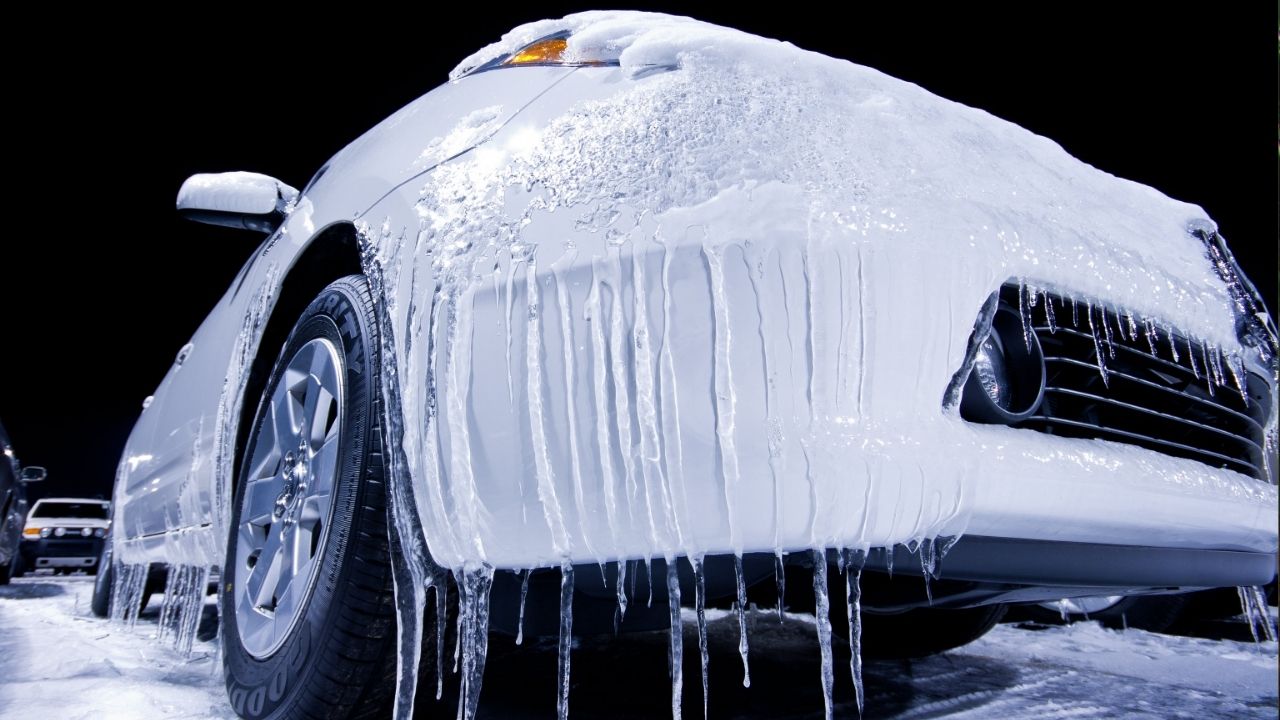
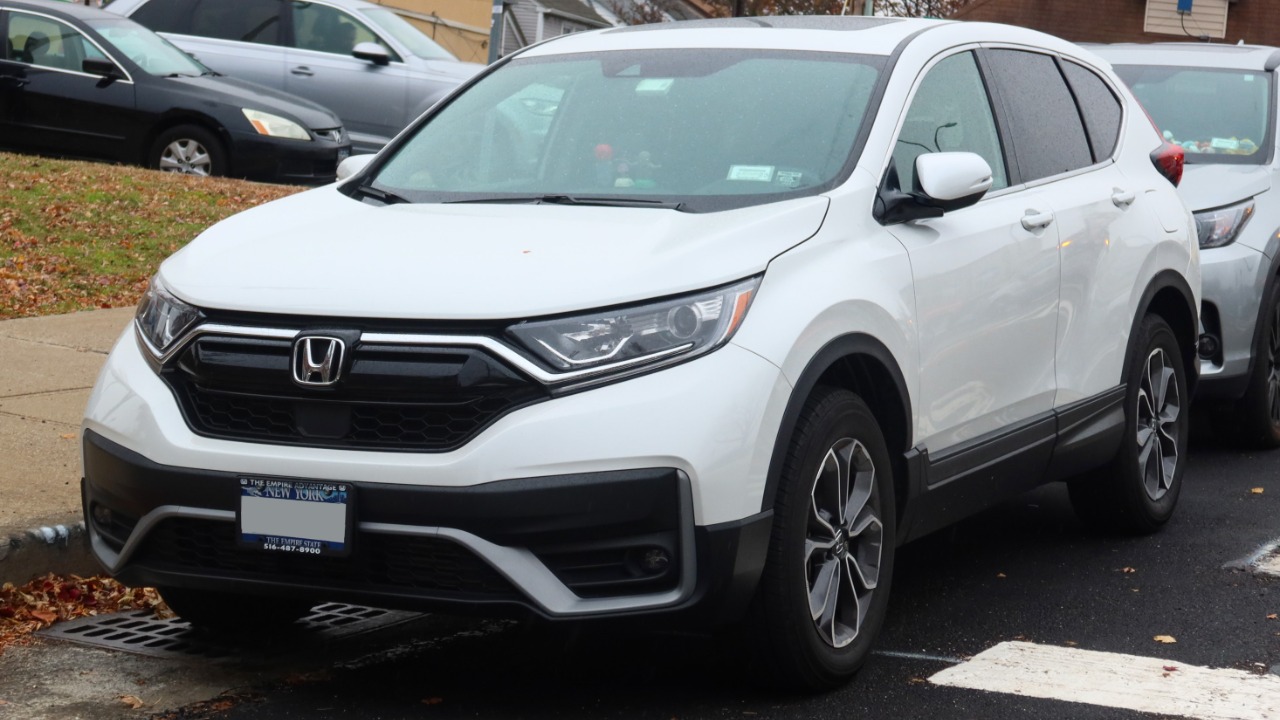
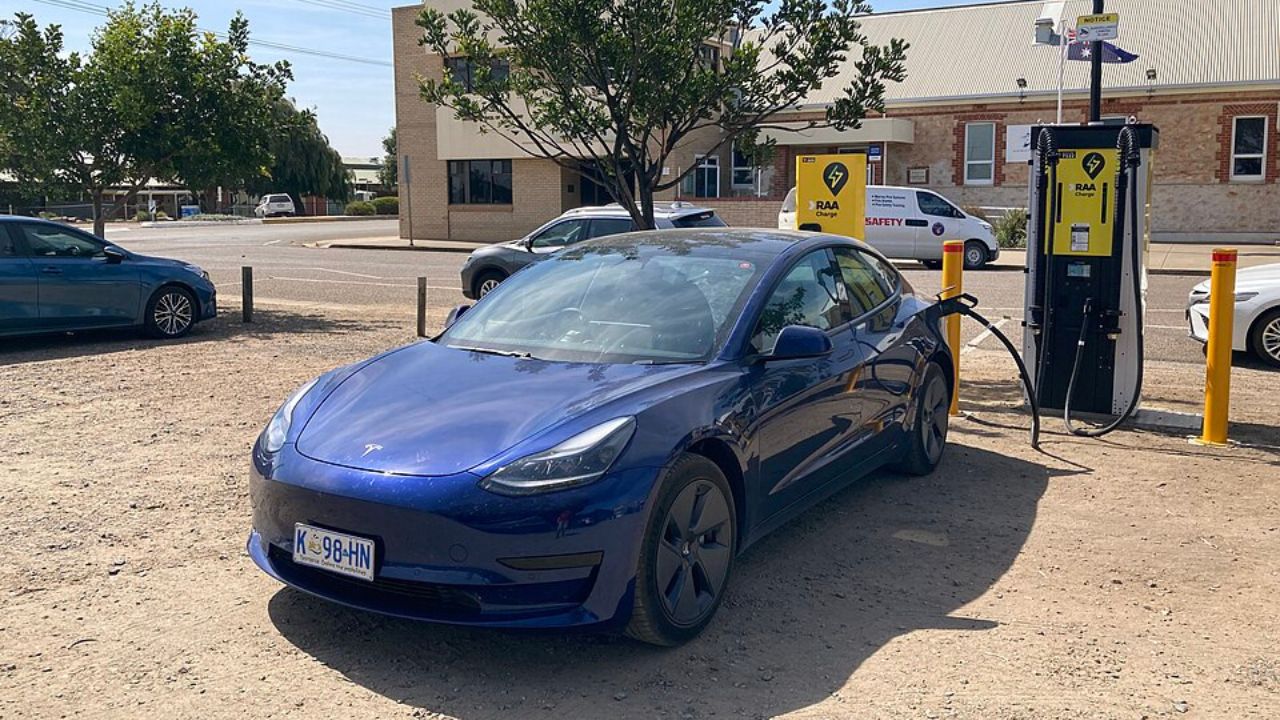

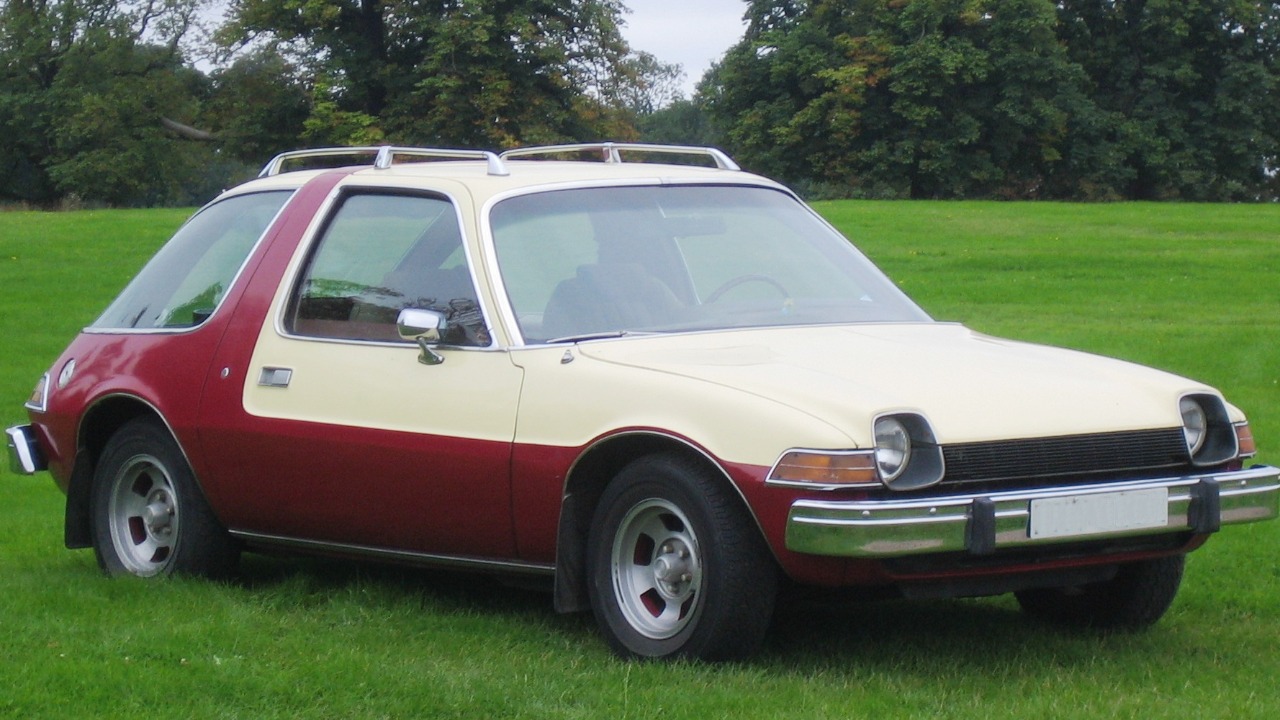
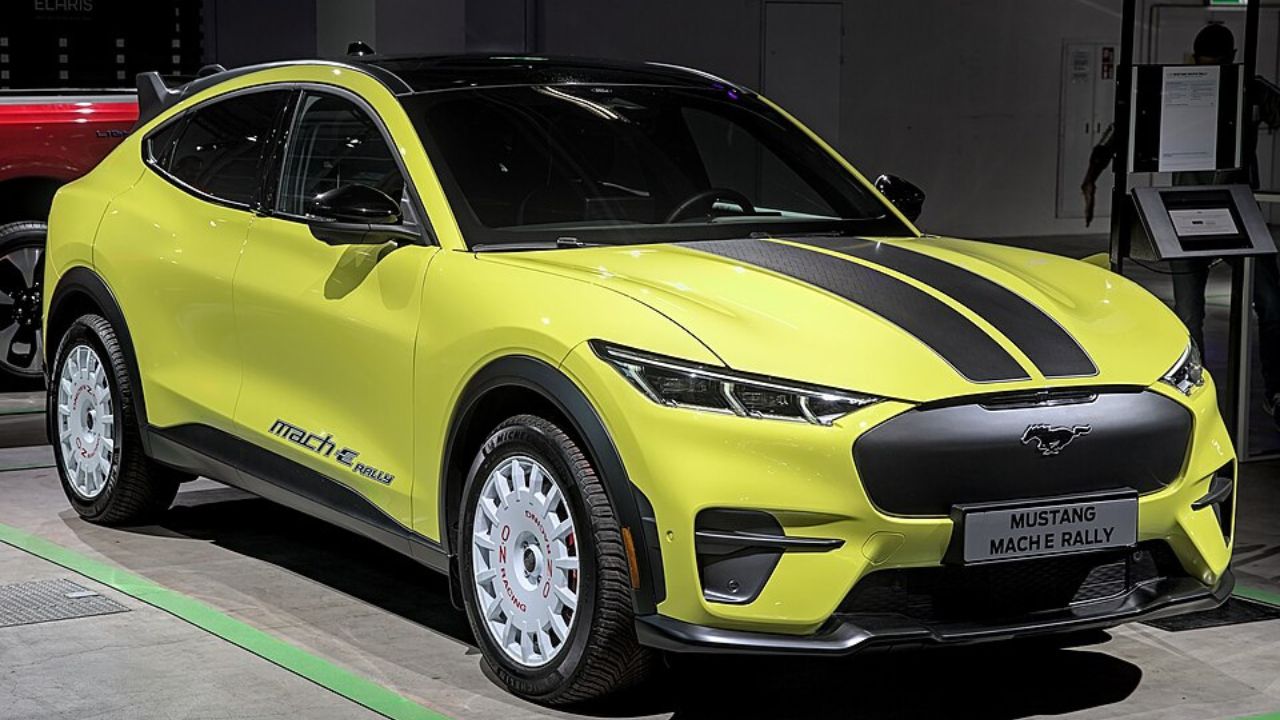
Leave a Reply